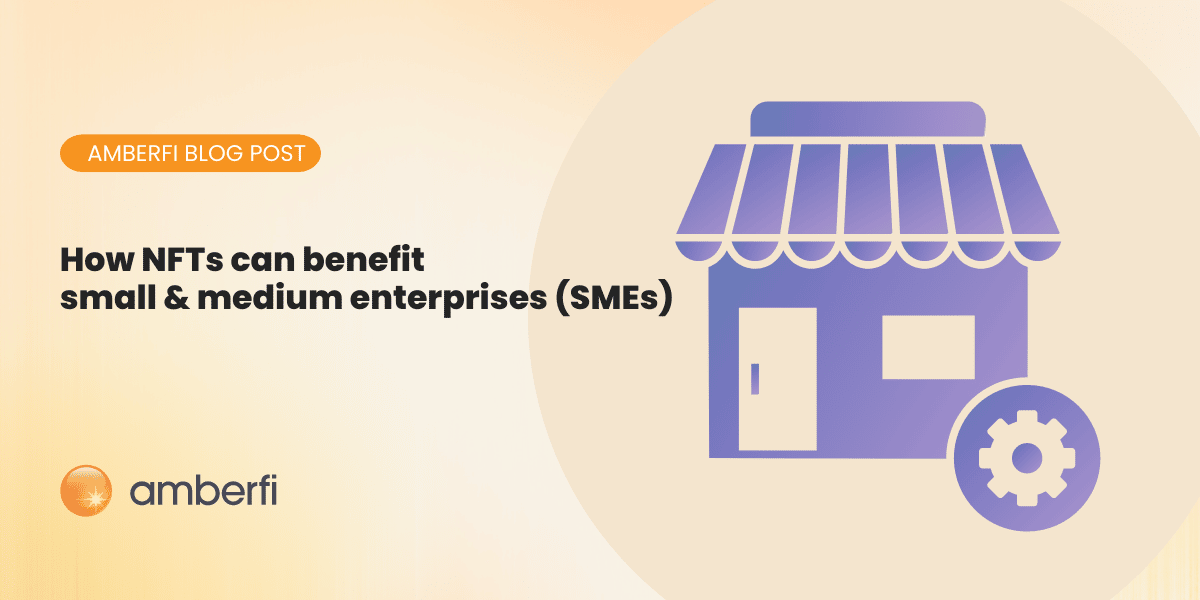Gradually, our conception of non-fungible tokens is gradually shifting from that of static images with no real use case other than the details contained in their metadata. Today, we are beginning to see creative usage of NFTs as representations of valuable assets both on the blockchain and in the real world. Creative adoption and multiple instances already abound in the real estate, supply chain, fashion, and gaming spheres.
However, as notable as this progress has been, a lot of the narratives have largely focused on how big brands and leading industry corporations can benefit from them. This shows how one-sided the narrative has been so far. Still, the reason is not far-fetched as top brands already have the reach and the financial means to scale and dominate in this rapidly evolving space.
In this piece, we take a glance at how small and medium-scale enterprises could potentially benefit from the adoption of NFTs.
The potential benefits
SMEs have a lot to gain from the adoption of non-fungible tokens. The reason it has become even more appealing is that the traditional advertising and marketing sphere is already saturated with virtually no new innovation left in the space. To have a major market breakthrough, therefore, requires an innovation that stands out along with a lot of marketing budget.
For SMEs, NFTs create a unique opportunity to rapidly grow and become established in a landscape that is not yet as saturated as the traditional marketing space. Small businesses can easily create a unique brand and reach out to a global network of collectors, all the while effectively gaining ground and making a name for themselves. In other words, NFTs create a level-playing field for small businesses and an opportunity to expand within a short timeframe.
In terms of revenue generation, small businesses can expand their income through non-fungible tokens. The reason for this is that there is already a bludgeoning market and an expanding awareness of how important NFTs will eventually become (especially with the evolution of the metaverse). Brands only need to tell their stories and properly relay the idea behind their NFT collections.
Through NFTs, it will also be possible for small businesses to stay close to their user base, giving them the opportunity to increase engagement and build loyal communities. Furthermore, events and a lot of other offerings can be invented to help grow revenue and offer utility to the community.
Which businesses can use NFTs?
The best part of NFT is that, in some ways, its usage is almost applicable in all industries. As earlier stated, innovative use cases across industries keep emerging. Nevertheless, small businesses in the fields of photography, fashion, copyrighting, sculptures and ceramics, art galleries, events and ticketing, still image design, and game development are some of the businesses that can seamlessly deploy NFTs.
NFTs will help these businesses hold permanent representations of their works online while storing the digital records on the blockchain. By virtue of minting rare assets on the blockchain, these NFTs could command sizable amounts in primary sales, while further giving businesses the opportunity to earn royalties on secondary sales.
Conclusion
It is high time that small businesses start to consider how to scale and reach a global audience. NFTs provide unique opportunities that these businesses can leverage to grow their income, increase their reach and effectively stand out in terms of offering and customer retention. To learn more about how your business can leverage NFT, feel free to reach out to us and check out our website here.






